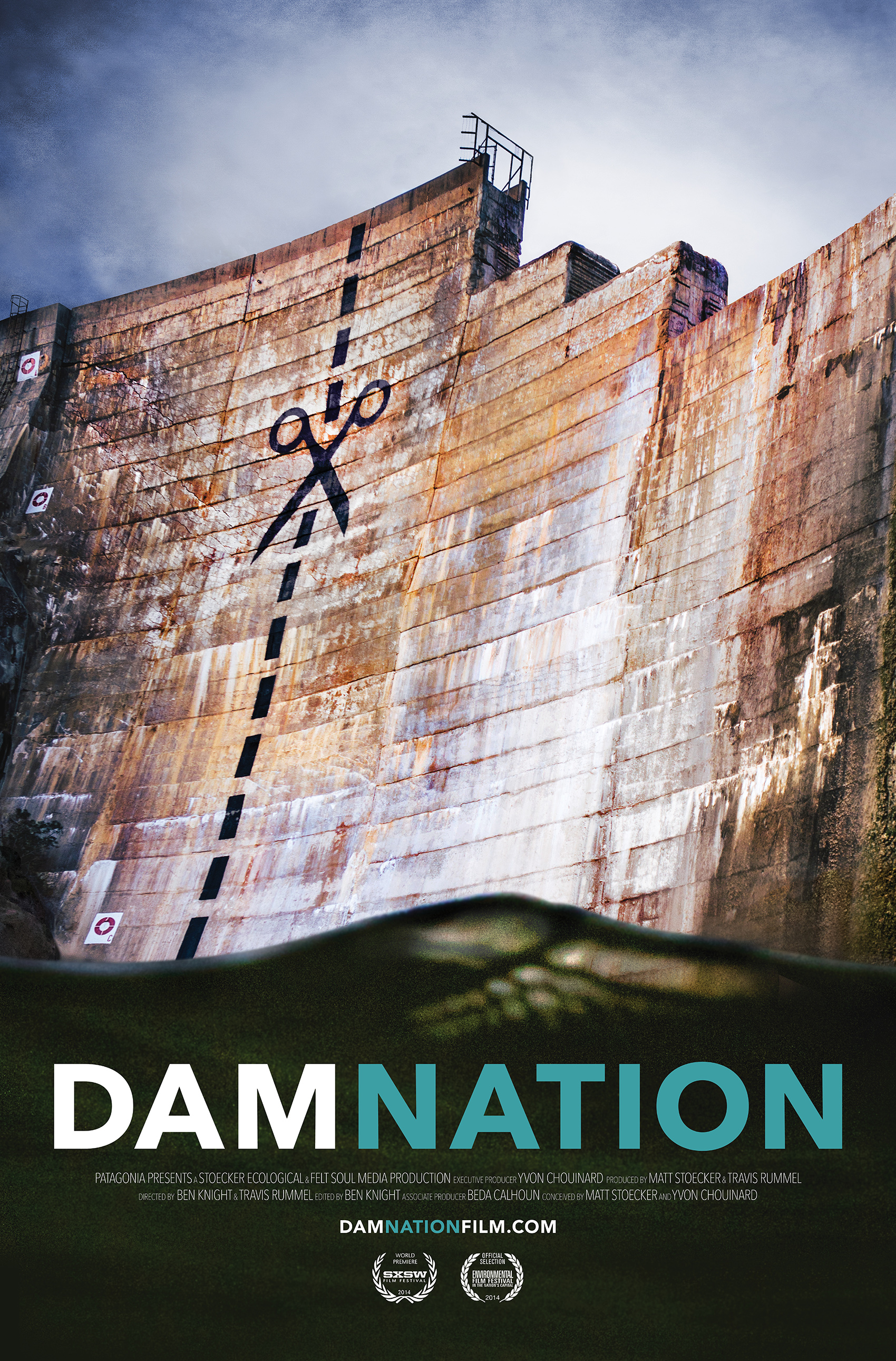
Brendan Praniewicz
2018-19 One Theme / One Campus
Email: brendan.praniewicz@gcccd.edu


DamNation shows how far things have moved and how quickly, from the assumption 50 years ago that dams were always a power for good, to the first successful attempt to remove a marginal dam 20 years ago on the Kennebec River. The film highlights other dam removal stories, including the Elwha and White Salmon Rivers in Washington, the Rogue River in Oregon, and the Penobscot River in Maine.
Diverse interests across the country are coming together to remove obsolete dams and find more cost-effective options to meet power, shipping, irrigation and other needs, while helping to restore rivers, preserve tribal customs, recover fish stocks, revitalize waterfronts, improve recreational opportunities and render watersheds more resilient to climate change.
Dam owners, impacted communities, and politicians are now reevaluating the usefulness of certain dams and often advocating for decommissioning and removal. Some call it a movement, others call it a generational shift in values. DamNation documents both — and the undeniable momentum behind river restoration that has begun to take hold in our country.
|
. |
|
|
|
|
|
As a teenager, I watched in amazement as steelhead trout the size of my arm jumped five feet out of the water, soared head first into Stanford University’s Searsville Dam, then bounced off the concrete in defeat. For over a century this unneeded dam has blocked these magnificent sea-run fish from returning home to spawn in the creek I grew up beside. I recognized that first day the destructive power of a single dam over an entire watershed. Since that day, two decades ago, I’ve dedicated my life to restoring free-flowing rivers.
I’ve never witnessed another type of environmental restoration that works as quickly and effectively as removing a dam. Before our rivers were dammed, sand and silt eroded from mountains and traveled downstream to feed and protect our beaches, wetlands, and coastal communities. Salmon and steelhead swam millions of pounds of ocean nutrients back inland, feeding more than 140 different species from osprey to otters to grizzly bears and redwood trees. Dams across our country have severed this important link between land and sea. Fortunately, like unclogging a blocked artery, dam removal breathes new life into a region. The benefits are instantaneous, far reaching, and self-sustaining.
Over the years, Yvon Chouinard and I have witnessed both the devastation caused by dams and the revival of wildlife, water quality and communities following their removal. Yvon for years has supported groups — including our coalition Beyond Searsville Dam — who work to take down dams and restore habitat for salmon and water quality for human beings. Our experience spurred a desire in us to share the transformative action of freeing a river. So, during a break at the 2011 Wild and Scenic Film Festival, with the storytelling power of film fresh in our minds and cold beers in hand, we committed to making DamNation.
We thought making this film would be the best way to show the stunning beauty of a free flowing river, to experience the heartache of watching cultural sites be submerged under a reservoir, to feel the power of explosives blowing up a dam, and share in the joy experienced by those who have fought for decades to see their river run free for the first time. We prioritized familiar dam removal successes, removals we knew were about to happen (including the largest in U.S. history in Washington), and removals being planned or passionately advocated. It was important to us that the film also explore related issues, such as attempts to mitigate the impacts of dams with artificial fish hatcheries and the unfounded assertion that dams provide “green” energy, while in reality they are major emitters of greenhouse gases and limit the ability of ecosystems to absorb carbon. The importance of activism also needed to be told, from Ed Abbey’s inspirational novel The Monkey Wrench Gang to cracks painted by a real monkey wrencher on the dam that submerged Hetch Hetchy Valley.
We asked Travis Rummel and Ben Knight, with Felt Soul Media, to help us capture these stories and share the healing effects of freeing a river on film. With our list of dams and issues in hand, Travis, Ben, and I traveled across the country from California to Maine, from Alaska to the deserts of the Southwest. We saw a nation struggling between the foundations of our past and alternatives for a different future. We saw hope.
— filmmaker Matt Stoecker
Source:
official DamNation website: damnationfilm.com (press kit, articles, bios, and interviews, and additional info)
DamNation on IMDB: imdb.com/title/tt3345206/
♠
Brendan Praniewicz
2018-19 One Theme / One Campus
Email: brendan.praniewicz@gcccd.edu